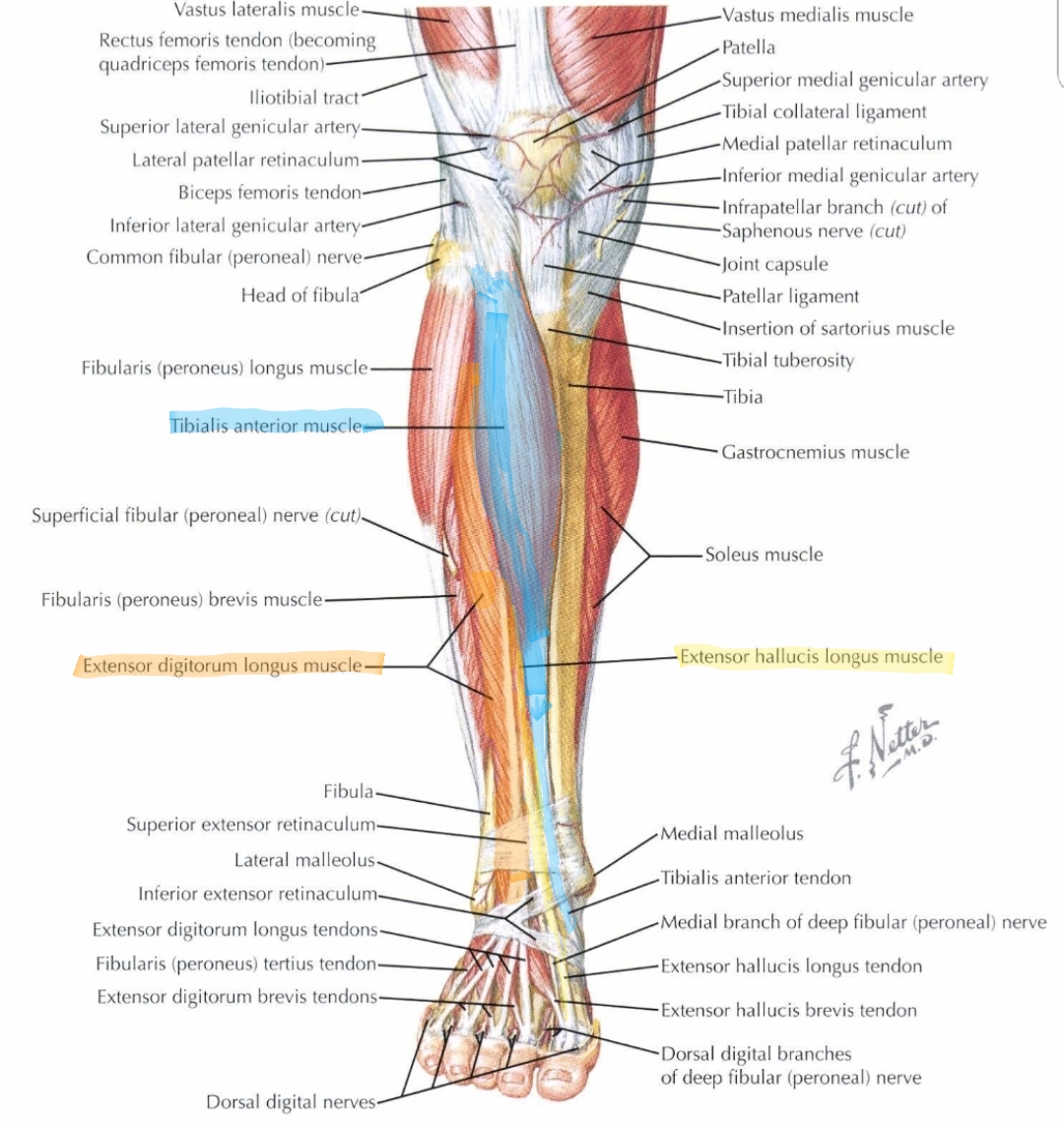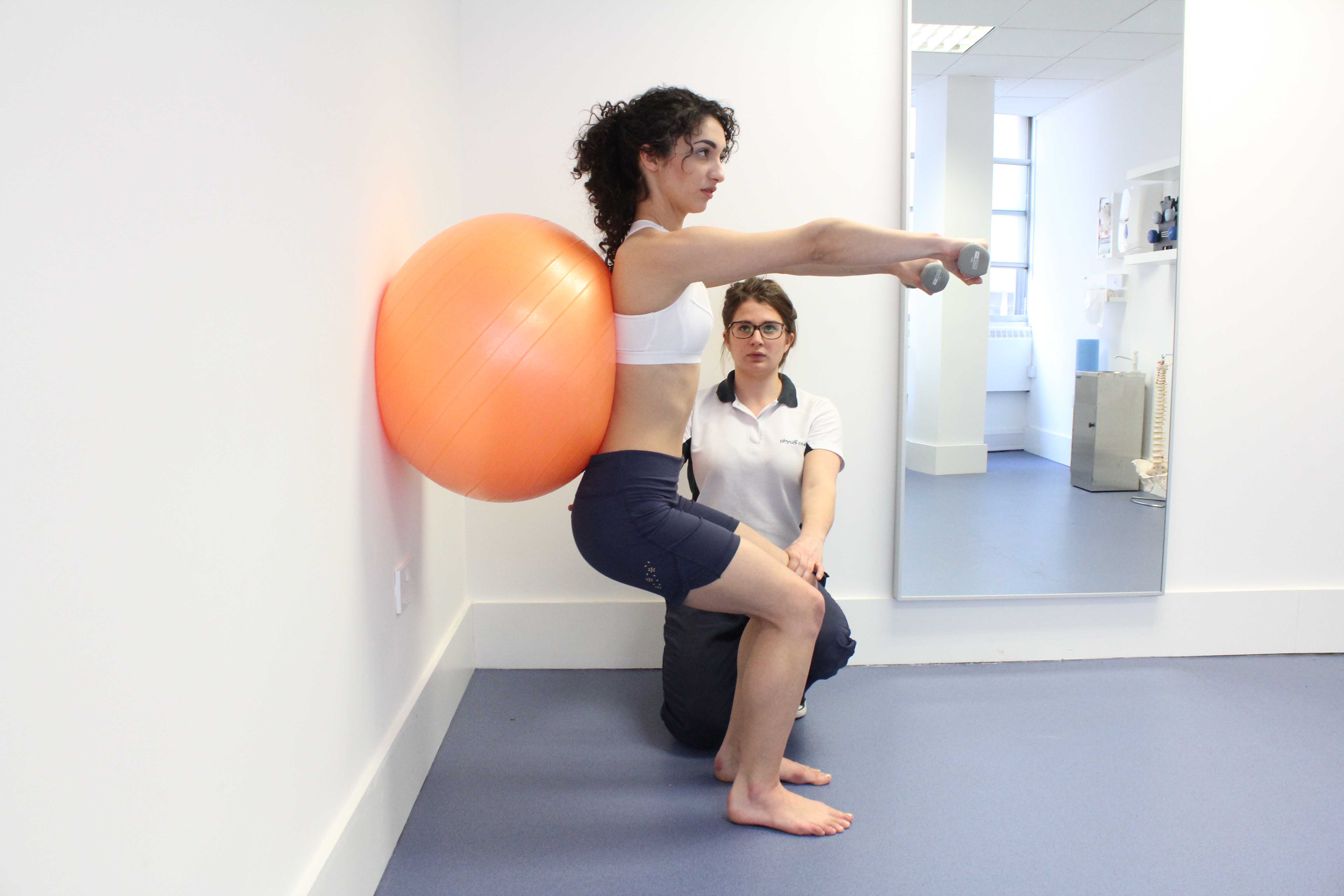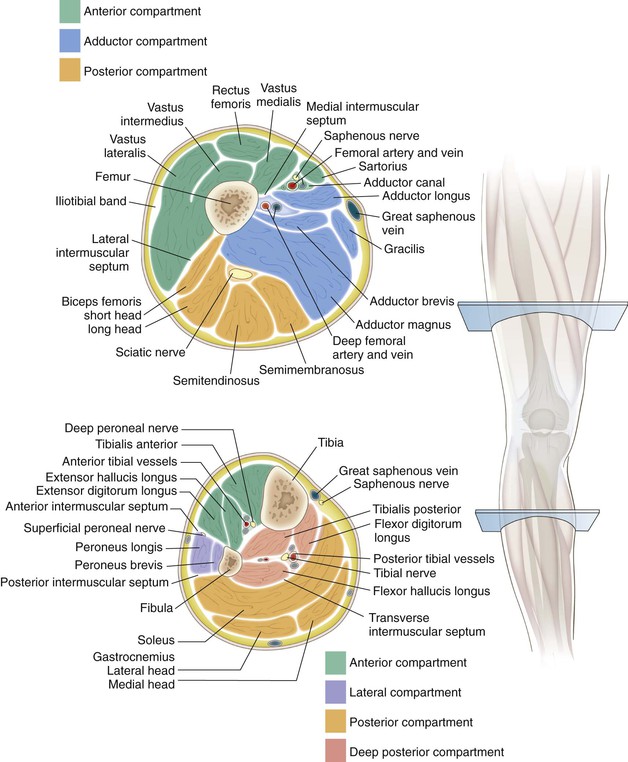

The knee is a complex structure consisting of bone, cartilage, muscle, tendon, ligament, synovial fluid and nerves. However, apart from being the largest hinge joint in the body, it is also unusual in that it has a degree of rotational movement. Technically the knee is a synovial hinge joint, meaning that it is supplied with synovial fluid to lubricate movement and nourish the joint, and also moves forward and backwards like a hinge.

Knee pain can vary in degree from being something which is a minor irritation or which causes slight concern to being a major problem impacting on your mobility and way of life.

This forms the roof of the cubital fossa and blends with the deep fascia of the anterior forearm.31st December 2019 Knee Pain Location Chart By Mr. They are all innervated by the musculocutaneous nerve. A good memory aid for this is BBC - biceps, brachialis, coracobrachialis.Īs the tendon of biceps brachii enters the forearm, a connective tissue sheet is given off - the bicipital aponeurosis.

There are three muscles located in the anterior compartment of the upper arm - biceps brachii, coracobrachialis and brachialis. In this article, we shall look at the anatomy of the muscles of the upper arm - their attachments, innervation and actions. It contains four muscles - three in the anterior compartment (biceps brachii, brachialis, coracobrachialis), and one in the posterior compartment (triceps brachii). The upper arm is located between the shoulder joint and elbow joint. Innervation: Musculocutaneous nerve, with contributions from the radial nerve.Attachments: Originates from the medial and lateral surfaces of the humeral shaft and inserts into the ulnar tuberosity, just distal to the elbow joint.The brachialis muscle lies deep to the biceps brachii, and is found more distally than the other muscles of the arm. Function: Flexion of the arm at the shoulder, and weak adduction.The muscle passes through the axilla, and attaches the medial side of the humeral shaft, at the level of the deltoid tubercle. Attachments: Originates from the coracoid process of the scapula.The coracobrachialis muscle lies deep to the biceps brachii in the arm. The bicep tendon reflex tests spinal cord segment C6. It also flexes the arm at the elbow and at the shoulder. Both heads insert distally into the radial tuberosity and the fascia of the forearm via the bicipital aponeurosis. Attachments: Long head originates from the supraglenoid tubercle of the scapula, and the short head originates from the coracoid process of the scapula.This forms the roof of the cubital fossa and blends with the deep fascia of the anterior forearm. Although the majority of the muscle mass is located anteriorly to the humerus, it has no attachment to the bone itself.Īs the tendon of biceps brachii enters the forearm, a connective tissue sheet is given off – the bicipital aponeurosis. The biceps brachii is a two-headed muscle. They are all innervated by the musculocutaneous nerve. A good memory aid for this is BBC – biceps, brachialis, coracobrachialis.Īrterial supply to the anterior compartment of the upper arm is via muscular branches of the brachial artery. There are three muscles located in the anterior compartment of the upper arm – biceps brachii, coracobrachialis and brachialis.


 0 kommentar(er)
0 kommentar(er)
